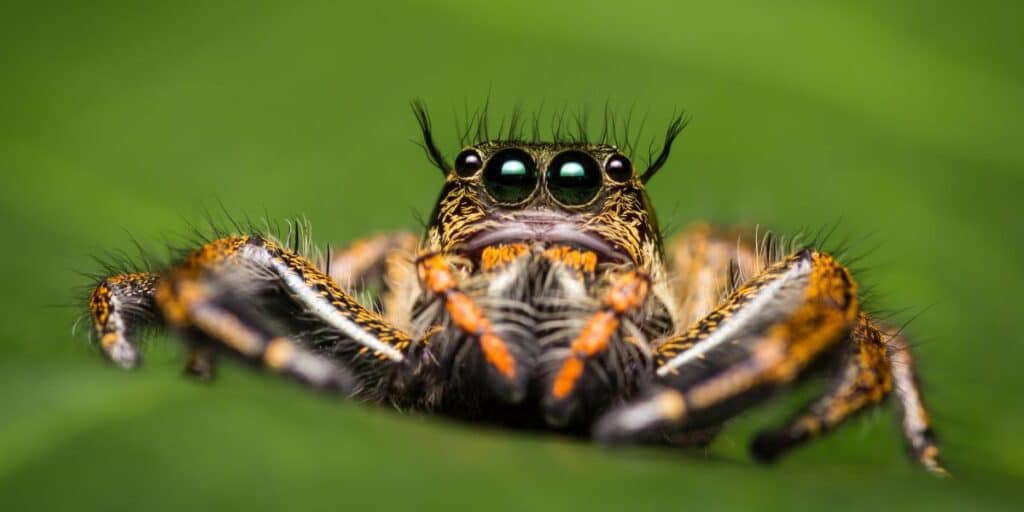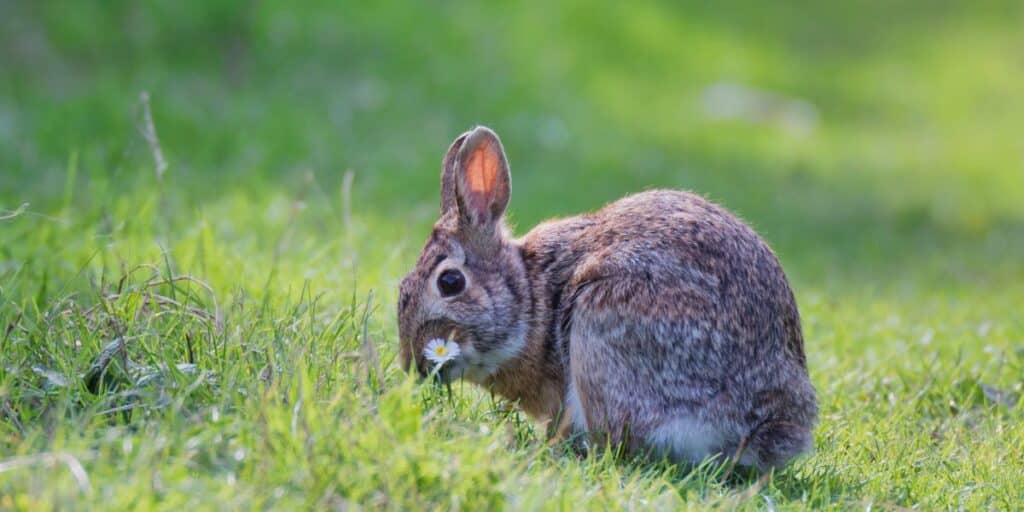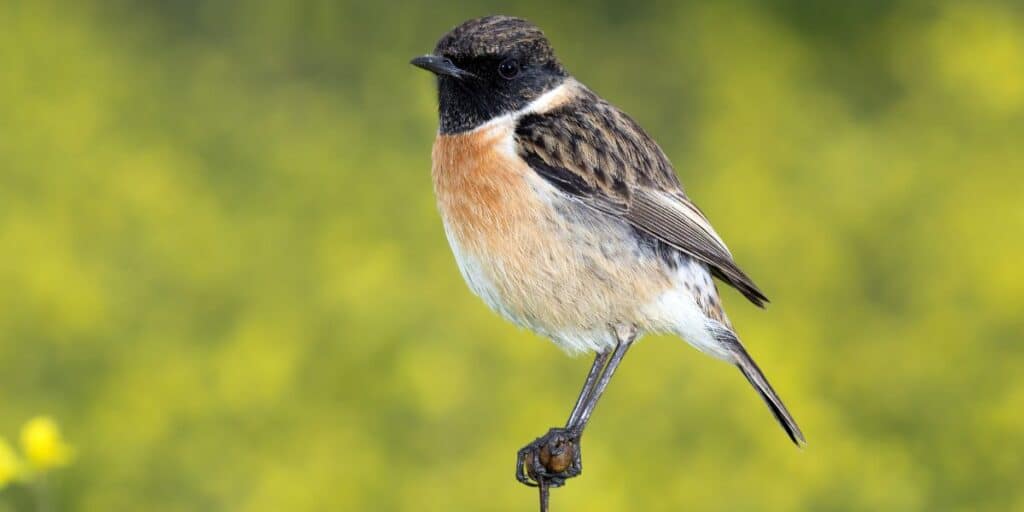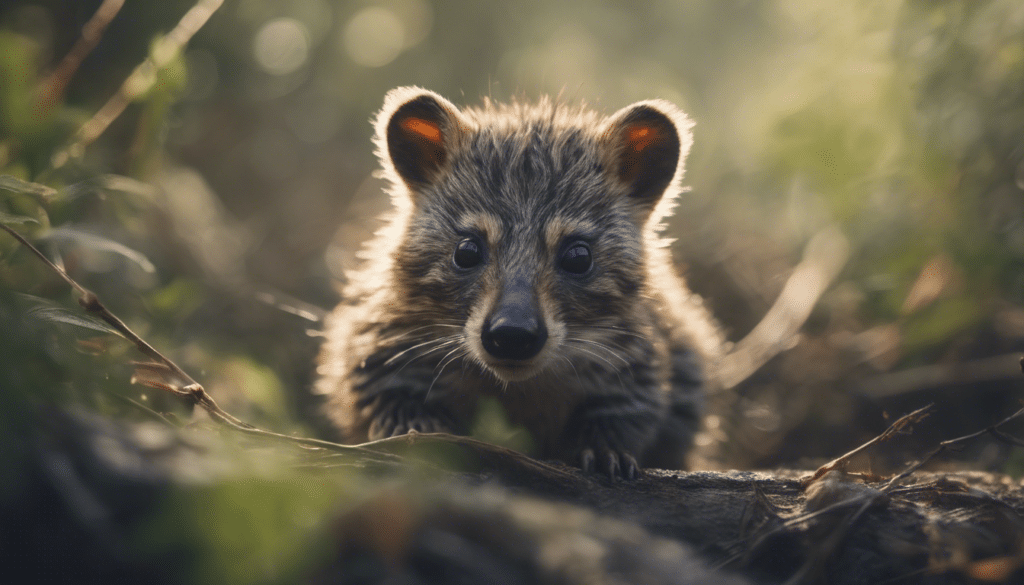Understanding Reptiles: Biology and Behavior
Wildlife: The Intricate World of Reptiles
Reptiles, a diverse group of vertebrates, are a fascinating subject for both enthusiasts and scientists alike. Their unique characteristics and behaviors have enabled them to conquer a variety of environments, from the driest deserts to the most humid rainforests, making reptile biology and behavior key topics for those dedicated to wildlife study and conservation.
The Biological Make-Up of Reptiles
At the core of understanding reptile biology is their classification as ectothermic creatures. This term means they rely on external heat sources to regulate their body temperature, which has significant implications for their daily behavior and geographic distribution. Coupled with their scaled skin, which reduces water loss and allows them to thrive in dry habitats, reptiles have evolved to be incredibly well-adapted survivors.
Behavior and Survival Strategies
Reptile behavior is closely linked to survival. For example, many species exhibit what is known as crypsis, the ability to avoid detection by predators or prey through camouflage. Additionally, behavioral traits such as basking for thermal regulation or burrowing to escape heat are critical to their adaptability.
The reproductive strategies of reptiles are varied, with some laying eggs—oviparity—and others giving birth to live young—viviparity. The incubation period and care of the young can differ markedly between species, affecting their vulnerability and lifecycle dynamics. Understanding these reproductive strategies allows us to better protect their habitats and ensure their ongoing survival.
Reptiles in the Ecosystem
Reptiles play an essential role in the balance of ecosystems. As both predators and prey, they occupy pivotal trophic levels. Reptilian predators, like snakes, often control the population of rodents, while herbivorous species, such as iguanas, help in vegetation management. The study of these roles is crucial for conservation efforts, ensuring that human activities do not disrupt the delicate balance within these communities.
Threats to Reptilian Wildlife
Habitat destruction, climate change, and poaching are significant threats to reptilian wildlife. The conservation status of many reptile species is concerning, with numerous species listed as endangered. Protecting these creatures involves habitat preservation, research into their ecology and biology, and education to reduce illegal wildlife trade.
Observing and Contributing to Reptile Conservation
For those passionate about wildlife, observing and understanding reptiles is not only a hobby but a contribution to conservation. Engaging in wildlife monitoring projects, supporting conservation organizations, and sharing knowledge about these creatures can have a positive impact on their survival. The intricate world of reptiles is a wonder of evolution, deserving attention and protection to maintain the biodiversity of our planet.
Amphibians: Life Cycle and Habitat Conservation

Understanding Amphibian Life Cycles
The life cycle of amphibians is a fascinating journey through transformation. This group of cold-blooded vertebrates is distinguished by their ability to live both on land and in water, a trait that defines their life from the moment they emerge as larvae. Typically starting life as aquatic eggs, amphibians undergo metamorphosis, transitioning from larval stage—free-swimming tadpoles in the case of frogs and toads—to their adult forms which are adapted to land.
Crucial to their survival is the presence of high-quality wetland habitats which support their complex life cycles. The larval stage, which can last from several weeks to several years, heavily relies on aquatic vegetation for both nutrition and protection from predators. As amphibians mature, their dietary requirements and habitat preferences also change, necessitating access to a mosaic of terrestrial and aquatic environments.
Challenges Facing Amphibians in the Wild
The survival of amphibians is increasingly threatened by a myriad of challenges. Habitat destruction—from urban development, agriculture, and logging—has severely limited the availability of suitable wetlands. Furthermore, climate change poses a significant risk, as it can alter breeding seasons and exacerbate the spread of diseases such as chytridiomycosis, which has devastated amphibian populations globally.
Invasive species can outcompete native amphibians for food and habitat space, while pollution from pesticides and other chemicals can be lethal or lead to developmental deformities. Conservation efforts must address these issues through strategies that include protecting critical habitats, implementing sustainable land-use practices, and conducting widespread educational campaigns about the ecological importance of amphibians.
Conservation Strategies for Amphibian Habitats
To safeguard amphibians, conservation strategies must be diverse and region-specific. Creating protected areas can shield vital breeding grounds from human interference, while restoring degraded wetlands can improve the quality of amphibian habitat. Connectivity is key: amphibians often require access to a network of habitat patches to successfully complete their life cycle.
Eco-friendly agricultural practices can mitigate the impact of farming, and urban planning that includes green spaces and minimizes pollution run-off can create a safer environment for these sensitive species. Citizen science programs encourage engagement and provide valuable data for researchers, helping to monitor populations and the effects of conservation actions.
Amphibians as Indicators of Ecological Health
Amphibians are often referred to as environmental indicators due to their permeable skin and complex life cycles, which make them highly sensitive to changes in the environment. They play a crucial role in maintaining the health of ecosystems by controlling pest populations and acting as prey for higher predators. By understanding and supporting their life cycles and habitats, we contribute to preserving biodiversity and the balance of nature.
Amphibian conservation is a complex issue that requires a holistic approach, taking into account the interconnectedness of ecosystems. Protecting these creatures ensures not only their survival but also the health of the global environment, which is of paramount importance to all species, including humans.
Interactions Between Reptiles and Amphibians in Ecosystems

Essential Role of Reptiles and Amphibians in Natural Ecosystems
Reptiles and amphibians, those fascinating creatures that slither, crawl, and leap, play crucial roles in maintaining the balance in our ecosystems. These cold-blooded vertebrates are not merely subjects of childhood fascination; they are integral components of the ecological web. With their diverse feeding habits, reptiles like snakes and lizards act as both predators and prey, contributing to population control and energy transfer within food webs. Amphibians, including frogs and salamanders, are equally vital, serving as significant bioindicators that help gauge the health of our environments. Their permeable skin makes them susceptible to changes, hence signaling ecosystem disturbances early on.
Inter-species Dynamics: Predation and Control
Intricate predatory-prey relationships define the existence of many species within the reptile and amphibian ranks. Predation by reptiles on small mammals, birds, and insects results in the regulation of these species and maintains a delicate balance. Similarly, amphibians consume vast quantities of insects, limiting the potential for overpopulation and disease spread. On the flip side, both reptiles and amphibians often fall prey to larger animals, including mammals and birds. This interplay is foundational to the trophic cascades that occur within ecosystems, affecting numerous species and the overall health of the habitat.
Reproductive Strategies and Population Dynamics
Understanding the reproductive strategies of reptiles and amphibians unveils the complexities within ecosystems. Many reptiles lean towards oviparity, laying eggs with varied incubation periods and survival strategies. Amphibians often exhibit complex life cycles, transitioning from water-dependent larvae to land-adapted adults. These varied reproductive behaviors influence not only their survival but also the population dynamics of the species they interact with. Their breeding patterns and the subsequent emergence of juveniles are key components that feed into the broader ecosystem functionality.
Conservation Concerns: Habitat Loss and Climate Change
The stability of reptile and amphibian populations is severely threatened by habitat loss and climate change. The destruction of natural habitats through human activities has caused significant declines in population numbers. Climate change further exacerbates these concerns by altering habitats and affecting breeding cycles. Conservationists are heavily invested in studying how these factors impact reptilian and amphibian populations and in implementing measures to mitigate these impacts and preserve biodiversity.
Amphibian and Reptile Ecosystem Services
Beyond their ecological roles as predators and prey, reptiles and amphibians provide essential ecosystem services. They contribute to pest control, seed dispersal, and nutrient cycling within their habitats. In agricultural landscapes, for instance, they can help control pest populations naturally, reducing the need for chemical pesticides. These services underline the importance of conserving these species and their habitats — for the sake of environmental health and human benefits.
Bearing in mind the intricate ties between these creatures and our ecosystems, it becomes clear why maintaining healthy populations of reptiles and amphibians is essential for ecological integrity. Efforts in wildlife monitoring, habitat preservation, and public education are key to ensuring their continued role as fundamental players in the circle of life.









